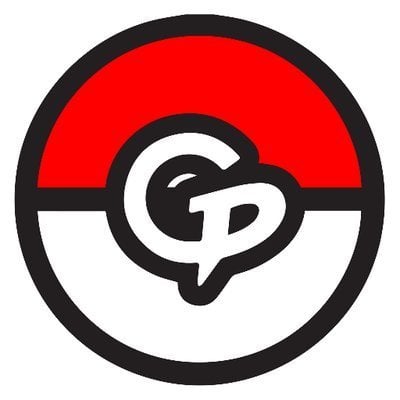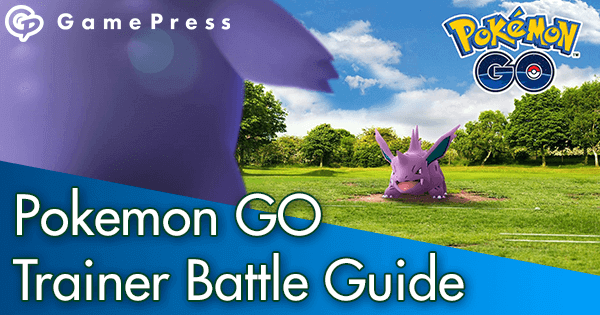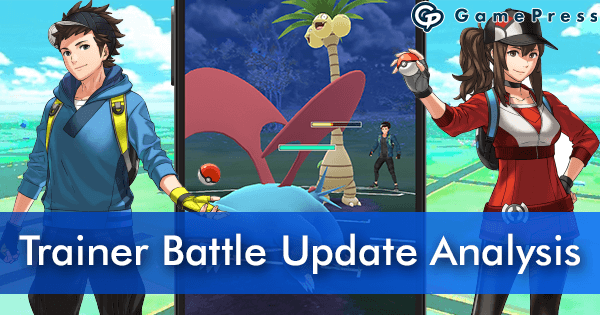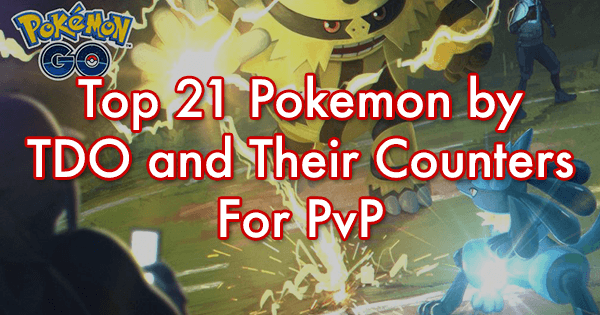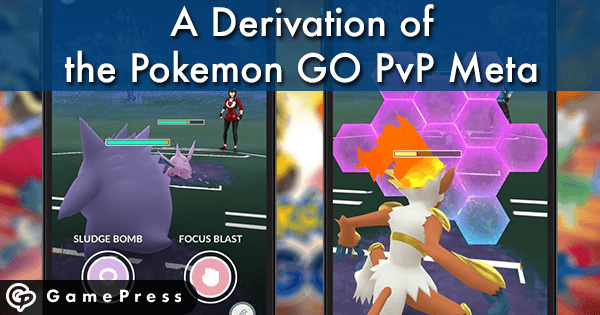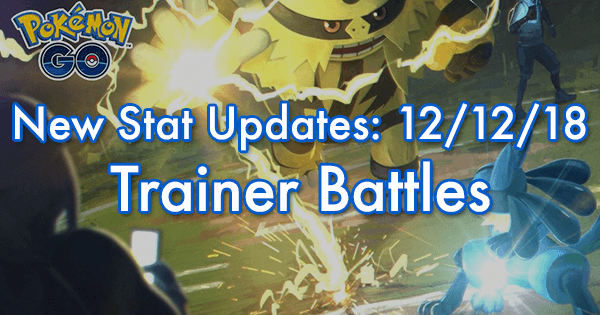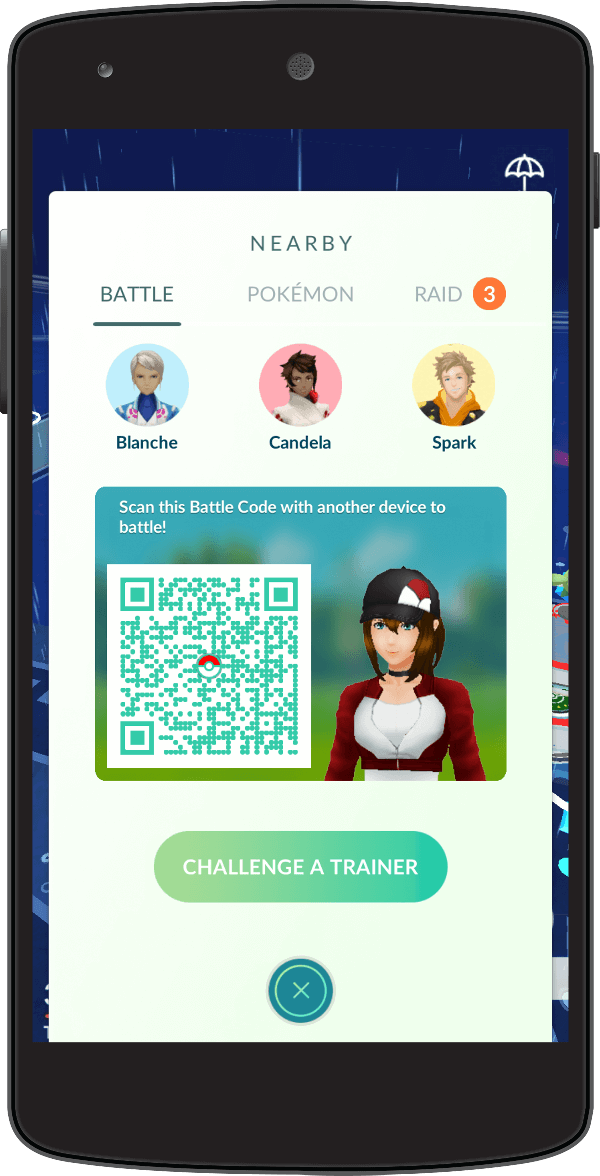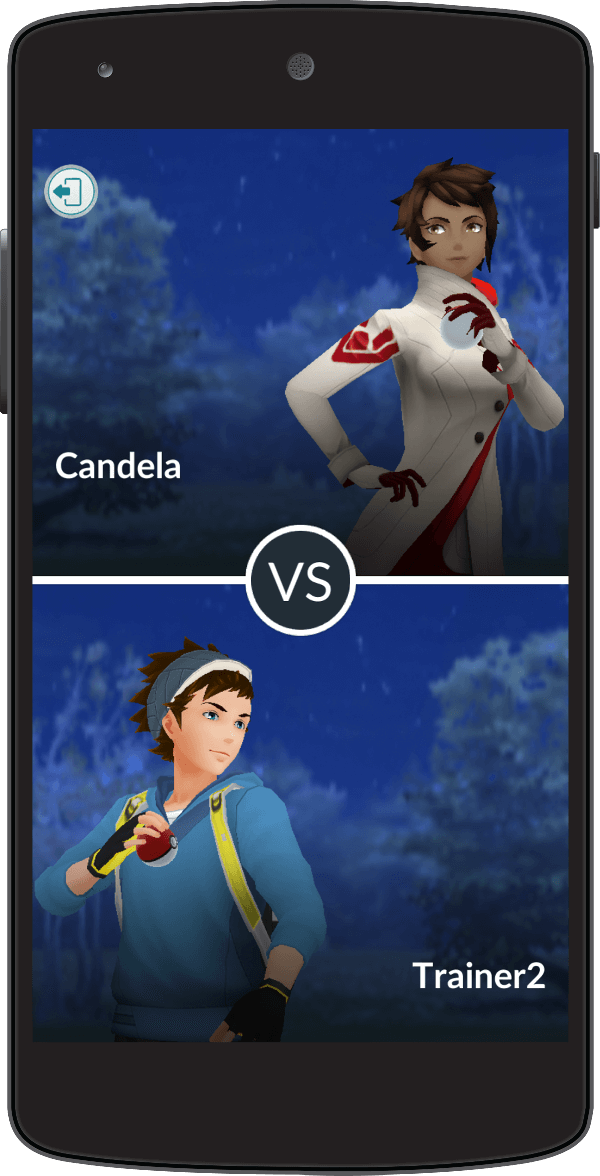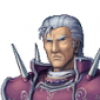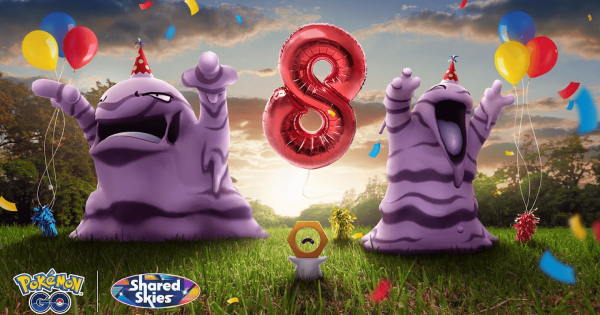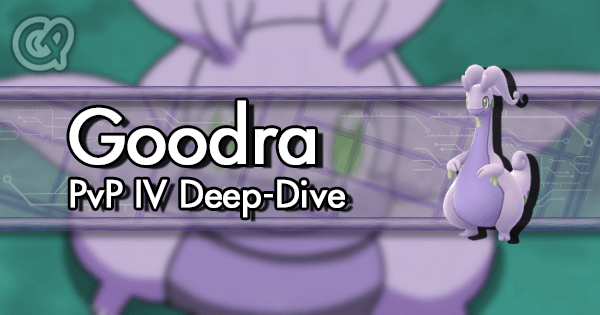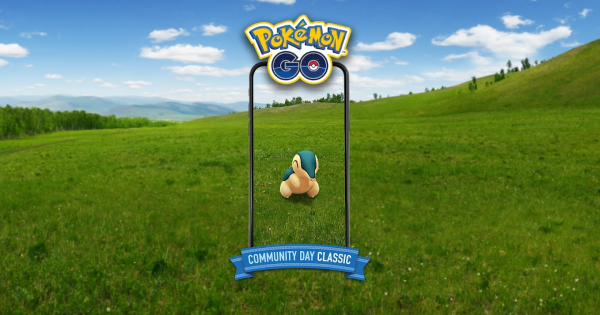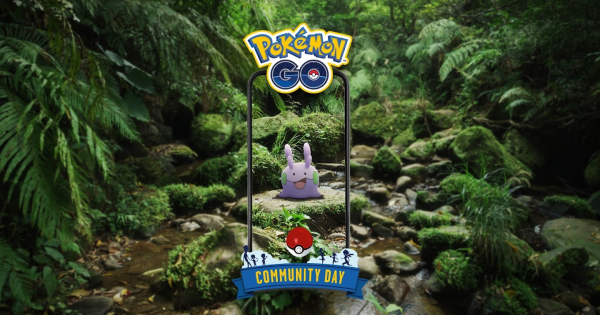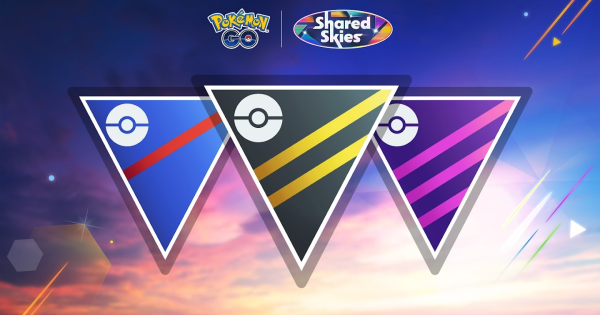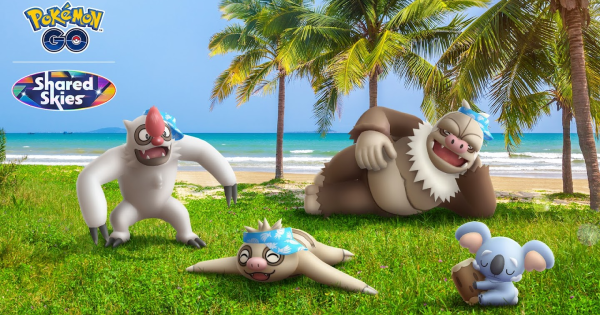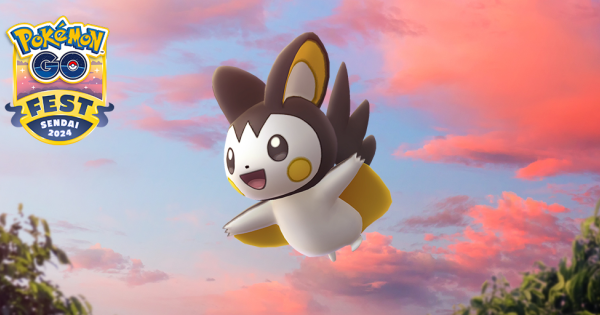PvP Basics
To start a Trainer Battle, first you must click on your tracker in the bottom right corner of the screen of the main screen. You'll be able to select a "Battle" tab that displays a QR code you can share with other players to battle them.
You can also battle your Ultra and Best Friends from around the world without needing to be near them!
Choose a League
After a battle is initiated, you must select a league to battle in. There are 3 leagues to choose from:
- Great League (1500 CP or less)
- Ultra League (2500 CP or less)
- Master League (unlimited CP)
Pokemon battle in teams of three. Shedinja and Ditto cannot be used.
Battle Overview
Once a battle begins, the system will be familiar to anyone who's done a Gym Battle or Raid, but with a few twists. You tap to use your Fast Move, which charges up your Charged Move(s). If you find yourself in a poor matchup, switching is available to regain the upper hand. Here's what's different:
- Each Pokemon can have 2 Charged Moves - the second is unlocked by paying Stardust and Candy
- Dodging has been supplanted by the Protect Shield mechanic
- When a Charged Move is initiated, the battle pauses for 3 seconds(Battle time limit still counts down during this time)
- The attacking Pokemon can tap repeatedly to "power up" the move
- The defending Pokemon can decide whether to use a Protect Shield
- The defending trainer won't know what Charged Move is being used
- After 3 seconds, the attacking Pokemon executes the charged move
- A Protect Shield completely nullifies damage - but you only get a limited number to use in the battle!
Rewards
The trainer to first knock out all 3 of their opponent's Pokemon is the winner of the battle. If a match finishes by timeout, the team with the highest HP percentage wins. There appears to a be a 4 minute battle timer, although this doesn't show up until time is nearly up.
Rewards are awarded to both players. Winning does not seem to yield better rewards. Stardust, Rare Candy, and Sinnoh Stone can be obtained this way, and will be available 3 times per day.
Players will also be able to "train" against the team leaders Blanche, Candela, and Spark. All three will be available to fight regardless of team affiliation and will grant a reward for battling once per day.
Rewards include:
- Stardust (300 for team leader battles, 500 for trainer battles)
- 1 Rare Candy
- 1 Sinnoh Stone
- 1 Fast TM (Added 2/25/2019)
- 1 Charged TM (Added 2/25/2019)
- Trainers may receive two reward "bundles"
Preliminary Battle Mechanics
By examining footage of trainer battles, we can make deductions about PvP battle mechanics - in particular, aspects that are different from familiar Gym and Raid battles. Please be mindful that, as the released battle footage is from a test build, any mechanic is subject to change on public release.
Charged Move differences
There are no bars; some moves charge faster than others
For example, Togekiss charges Aerial Ace much faster than it does Dazzling Gleam. This is expected, as Aerial Ace is a 3 bar move, while Dazzling Gleam is a 2 bar move. Once Aerial Ace completely charges, there are no additional bars to hold more charge.
You can “power up” Charged Moves for an extra 3 seconds
On selecting a Charged Move, the player is given the option to tap the screen furiously to power it up an additional amount. Sources claim that the multiplier goes up to 1.2x, but it remains to be seen how significant this boost is and how quickly you have to tap to get the maximum bonus.
The Charged Move attack animation cannot be interrupted
Even after the 3 second “power up” period, the battle remains paused until the Charged Move animation finishes. It doesn’t look like the opponent can attack during this time, which is in contrast to Gym and Raid battles. This means that parameters such as cooldown and damage window won’t matter for Charged Moves in PvP.
Energy gain differences
Energy gain and usage don’t correspond with known stats
It takes 7 Air Slash uses for Togekiss to charge Dazzling Gleam, which doesn’t make sense if Air Slash generates 10 energy and Dazzling Gleam costs 50. Additionally, Torterra charges Earthquake faster than it does Solar Beam, even though both are classically 1 bar moves.
It’s anyone’s guess as to what this means. Maybe there is another move rebalance on the horizon. Maybe in PvP, higher power moves take longer to charge, and bars are completely irrelevant.
Taking damage doesn’t convert to energy gain any more
In classic GO battling, damage is converted to energy at a 2:1 ratio, meaning that getting hit by a Charged Move will gain a chunk of energy - as long as you survive. Pokemon with large HP stats benefited from this, as half of their HP is effectively an energy reservoir. This change hurts Pokemon like Blissey, whose spectre looms large over the PvP format.
Using 1 Charged Move depletes the other Charged Move
If you had 2 Charged Moves, requiring 50 and 100 energy, and charged both to max, one would expect that using the 50 energy Charged Move would leave the leftover 50 energy for the 100 energy Charged Move. This doesn’t seem to be the case.
Switching differences
Switching pauses the battle until the switch is completed
When Torterra switches out to Espeon, Infernape appears to temporarily stop attacking with Fire Spin. Espeon loses 1 Fire Spin’s worth of HP upon switching in.
You cannot switch repeatedly due to a cooldown period
Without a limiting mechanic, battles in this format would become endless switch-fests where each player constantly tries to gain the upper hand. There's a 50 second cooldown with each switch, although this is subject to change on release. Animation dead time counts for this cooldown, so using more Charged Moves with longer animations during this period can let you do another switch sooner, relatively speaking.
With switching being a large commitment (as most Pokemon cannot survive 50 seconds), it encourages using Pokemon with few weaknesses. Being the first trainer to switch allows the opponent to reactively punish, with few repercussions.
Does your Pokemon retain energy when it switches out?
Check this out. Torterra wisely switches out when the opponent sends in Infernape. It has some energy after it KO’d Ampharos with Bite. When it switches back in after Espeon is KO’d, that energy gained is still there. This adds some meaningful depth, as a player can opt to save energy for a later scenario by switching out.
Tips and Tricks
- Winning or losing has no effect on what rewards you receive, but might affect Stardust
- Second charged moves cost less on lower-stage evolution Pokemon and carry over during evolution

